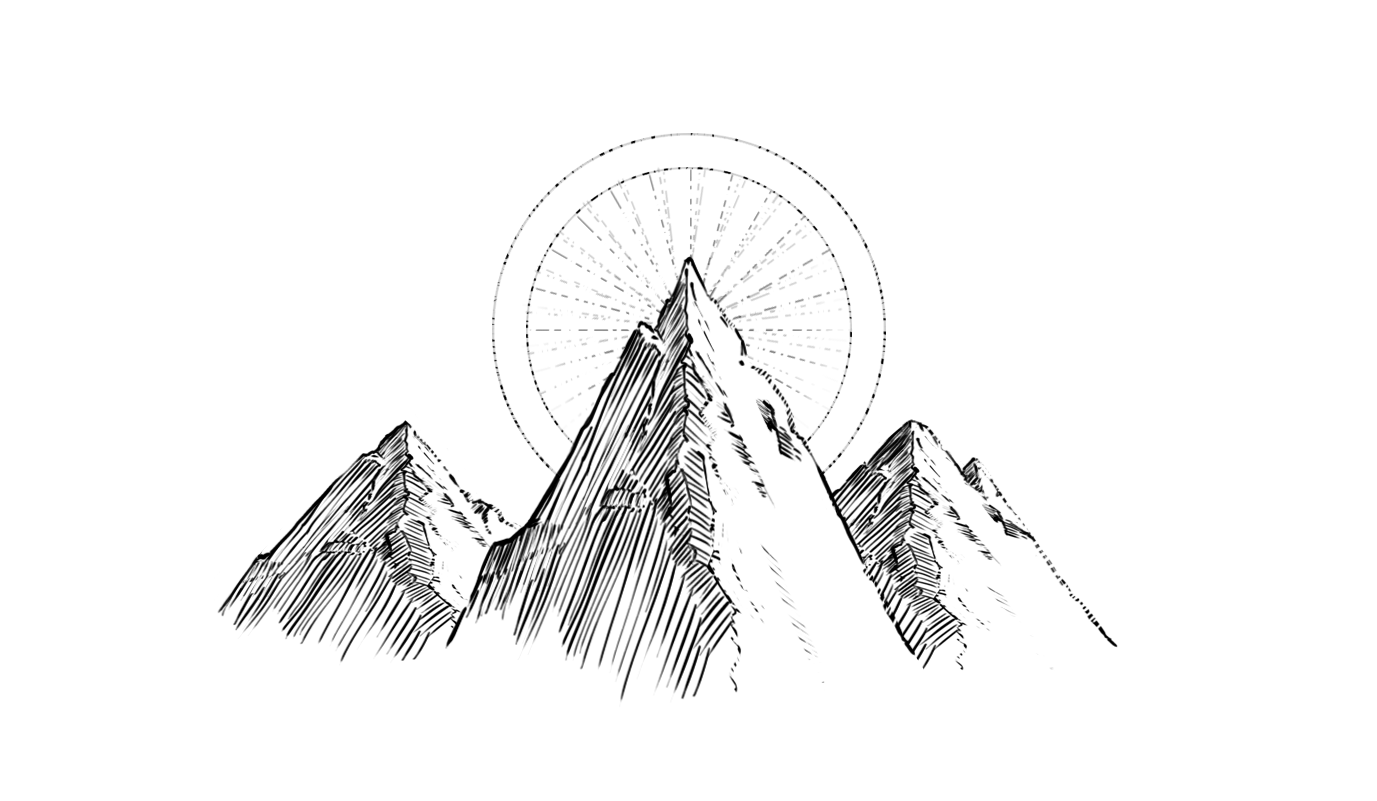Honey Harvest
Today I'm going to step away from your regularly-scheduled writing and Powder Mage updates for something a little different. As many of you know, I keep a hive of honey bees. Yesterday was our fall harvest and I thought I'd walk you all through it. If, like me, you find this kind of thing interesting then read on! If not, go grab a Powder Mage novella and read quietly in the corner.
The hive I harvested was a first-year hive (the hive from last year was sick this spring and has now died off completely). A first year hive means they have just a couple thousand bees to start off and probably won't make a lot of honey. We ended up having four (out of possible 6) medium supers filled, and I left three of those for the bees to winter over. That left me with a single super, plus a couple of choice frames from the next one down because I'm greedy.
Getting equipment ready. Plastic jars (in the bag), extractor, 5-gallon bucket, and uncapping tank..
A super full of honey.
I got stung once pulling the top super off the hive and emptying it of bees. One girl climbed up my pantleg and stung when I tried to gently shake her out. Sadness. Everything else went smoothly and I brought the whole thing inside!
A frame full of capped honey. Pretty much the ideal frame.
Doing the cleanup work.
The first thing you do is uncap the honey. You can see my uncapping knife in the picture below. One of these days I'll spring for an electric uncapping knife. The one I use has to be dipped in hot water between frames so it's hot enough to cut through the wax. I also use an uncapping scratcher to pick the caps off of any cells that the knife missed.
Uncapping knife in action.
I'm getting better. The last harvest (two years ago, as last year was a tough time for the bees) I wound up just butchering the wax. You can see below what it looks like post-uncapping. You do this to both sides.
Once I have three frames decapped on both sides, I put them into the honey extractor and give them a spin. If the weight distribution is even it's a breeze. If it's off a little, the whole thing wobbles and shakes all over the place and I have to hug it close.
This is the best part of the whole process because you suddenly go from having a wooden frame full of sticky stuff you stole from a bunch of bugs to a drum full of gorgeous honey.
Once you've spun the extractor for fifteen seconds or so in each direction, you lift the lid and check the frames. If they're clean, take them out and move on to the next trio. My extractor lets me get through six frames before it's too full to spin, at which point we open up the cap in the bottom and let it filter through a sieve to get all the bug bits and wax out.
Above you can see a video of the honey pouring out of the bottom of the extractor. Very satisfying moment! Once we've gone through all the frames, it's time for cleanup, wax processing, and honey bottling.
All the honey dripping out of the wax cappings. Saved a good two pounds of honey this way!
The final result after all the filtering. About three gallons (36 pounds) of gorgeous wildflower honey.
After the extraction, I put the empty frames outside in front of the hive and the bees come and clean them all up for me so I can put them in storage for the winter.
The final product!













